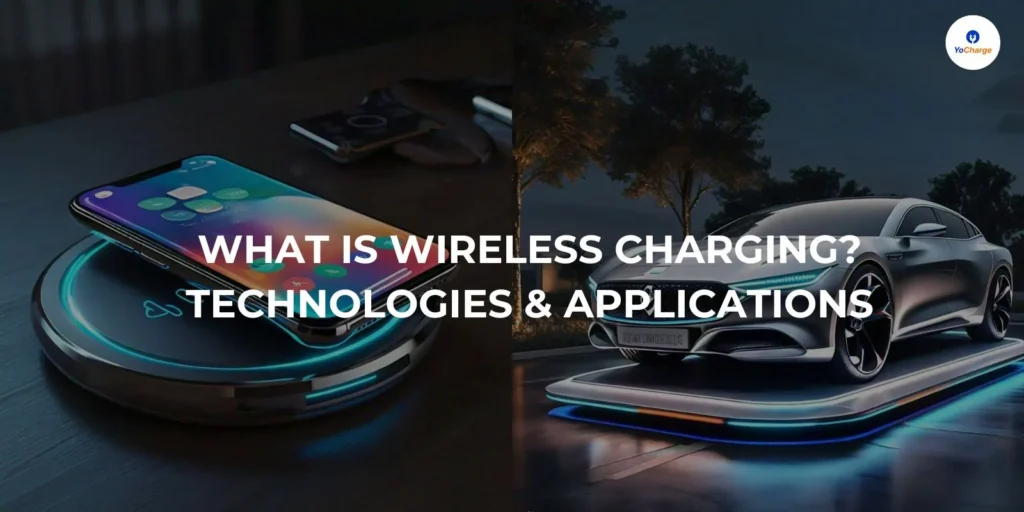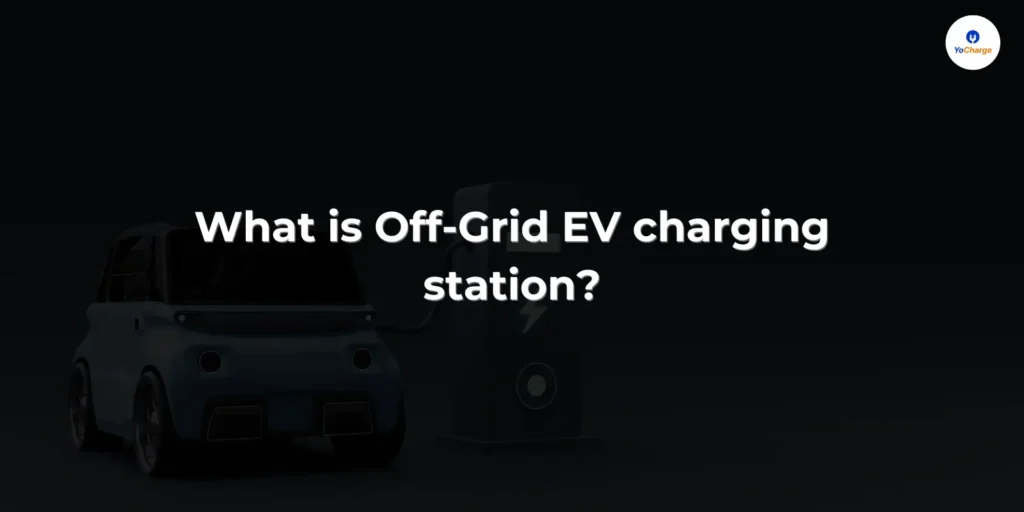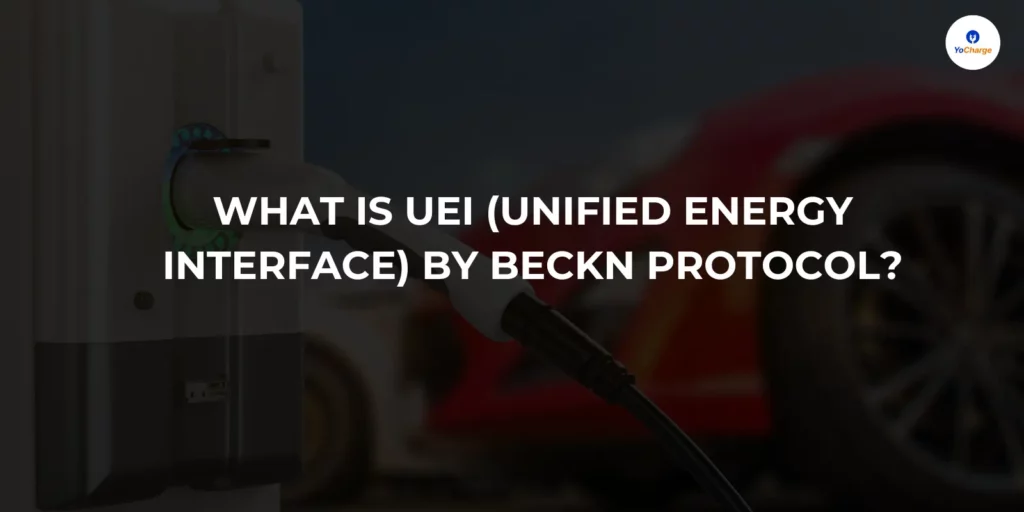The present environmental concerns are creating awareness to adopt transport powered by green technology. Commuters prefer electric vehicles which have a relatively lower impact on the environment due to lower emissions. Smart Hybrid & Pure Electric are two of the most common used types of electric cars in Indian as well as global market. Smart hybrid cars are powered by both internal combustion engine and electric motor. Whereas, the battery electric vehicles depends completely on electric motor. Let us discuss the difference between smart hybrid and battery electric cars in detail.
Smart Hybrid cars
Smart hybrid cars as the name suggests are powered by two engines where one is electric and the other one is petrol engine. Both the engines work in hybrid mode to power the motor. Because of this, less fuel is burnt, improving fuel efficiency. Hybrid cars outperform conventional cars in terms of power and fuel efficiency because they combine the advantages of increased fuel efficiency and low emissions. There is additional power produced by hybrid vehicles during cruising or braking, and this additional power is used to charge the batteries. Higher fuel efficiency or range are subsequently achieved by this.
Example : Honda City eHEV, Toyota Camry, Lexus NX, Maruti Suzuki Brezza etc.

Advantages
- Environment friendly due to lower emissions
- Lower dependency on petroleum
- Light weight
- Higher resale value
Disadvantages
- The output power is less than that of gasoline engine
- Comparatively expensive
- Battery replacement is costly
Battery Electric Vehicles (BEVS)
Battery Electric Vehicles are eco-friendly mode of transport. An electric motor replaces the internal combustion engine in all-electric vehicles, often known as battery electric vehicles (BEVs). The electric motor of the vehicle is powered by a big traction battery pack, which must be plugged into a wall outlet or charging apparatus, also known as electric vehicle supply equipment (EVSE). The car does not emit any carbon emissions or do not contain any usual liquid fuel components like a fuel tank, fuel line, or fuel pump because it is an electric vehicle.
Example: Tata Nexon, Tata Tiago, MG ZS EV, Mini Cooper SE etc.
Advantages
- No carbon emissions and it is eco-friendly
- They do not produce noise pollution because, there is no internal combustion noise.
- Safe to operate and charge
Disadvantages
- Not ideal for long distance drive
- Charging time can take up to hours
- Accessibility to charging stations is a concern
Difference between Smart hybrid vehicle and Battery electric vehicle(BEV)
| Feature | Smart Hybrid Cars | Pure Electric Cars |
|---|---|---|
| Power source | Petrol (or diesel) and Electricity | Electricity supplied from battery |
| Engine | Internal Combustion Engine (ICE) and Electric motor | Electric motor |
| Fuel efficiency dependent factor | Depends on both ICE and battery range | Depends on battery range |
| Carbon emission levels | Higher compared to electric cars and lower than conventional cars. | Lower compared to both conventional and hybrid cars. |
| Price | Price range is comparable to conventional cars. | Expensive compared to conventional and hybrid cars. |
| Fuel conversion efficiency | Able to convert 40% of energy stored in petrol/diesel to power output | Able to convert 75% of chemical energy stored in battery to power output |
| Average Mileage | It can go up to 20 – 25 kmpl | It can go up to 120 – 200 kms before recharging the battery |
| Maintenance | High maintenance similar to that of ICE engines due to more moving parts in the vehicle. | Requires less maintenance due to lower number of moving parts |
| Manual charging | Not needed | Charging of battery is required |



